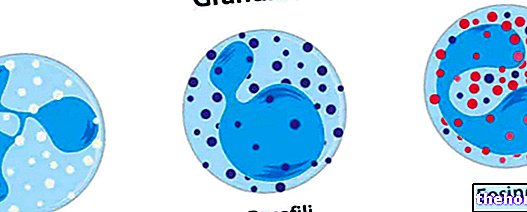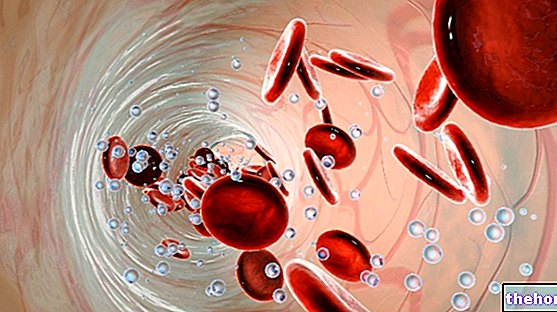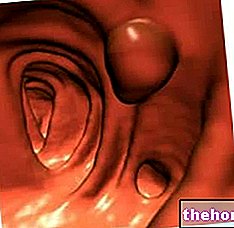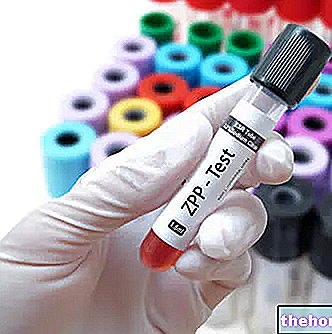Rheumatoid arthritis
Rheumatoid arthritis is an autoimmune disease that affects 2.5-3% of adults. Also defined as chronic polyarthritis, it is a particular form of inflammation, mainly involving the peripheral joints and periarticular tissues.

Rheumatoid arthritis has a chronic course, in which periods of relative well-being can alternate with phases of flare-up of symptoms. If the disease is not treated and progresses, it can lead from functional limitation to severe joint deformity or ankylosis. In the most advanced stages, rheumatoid arthritis can cause disability conditions, due to the severe involvement of the joints and the presence of intercurrent and / or concomitant pathologies (for example: infections, lymphoproliferative disorders, gastrointestinal bleeding, cardiopulmonary and kidney diseases). The joints most frequently affected by this form of arthritis are those of the fingers, hands, knee, hip and spine. Rheumatoid arthritis can also give rise to other symptoms (fever, asthenia, weight loss and anemia) and can cause extra-articular manifestations, including: subcutaneous rheumatoid nodules, vasculitis (inflammation of medium and small caliber vessels), pneumopathies ( pleurisy, interstitial fibrosis), Sjögren's syndrome etc.
Rheumatoid Arthritis Diagnosis
Rheumatoid arthritis can be difficult to diagnose, as it can present with few symptoms and can also be associated with other pathological conditions.

















.jpg)











